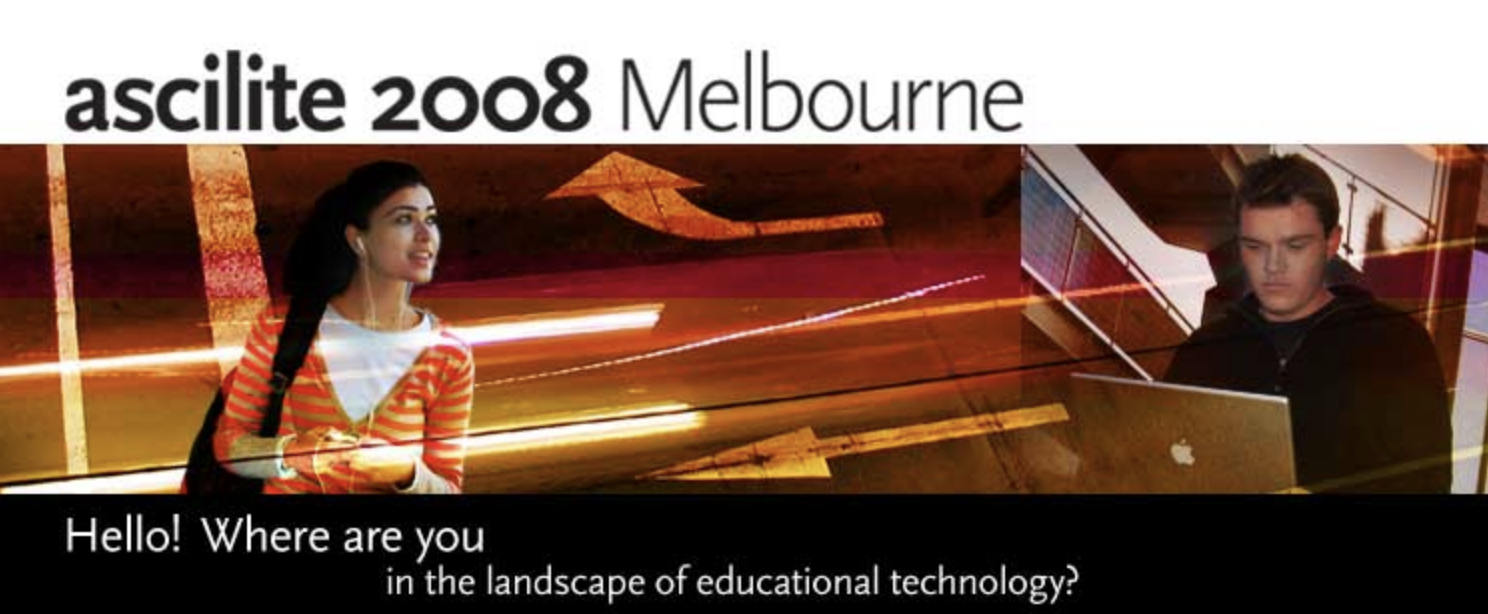Immigrants and natives
Investigating differences between staff and students’ use of technology
DOI:
https://doi.org/10.14742/apubs.2008.2409Keywords:
digital natives, digital immigrants, net generation, web 2.0, higher educationAbstract
The corollary of the ‘Digital Native’ – young, technologically avid and literate – is the ‘Digital Immigrant’ – older, less familiar and comfortable with technology. The accompanying rhetoric posits that in the higher education sector, staff and students are ensconced firmly on either side of a ‘digital divide’, with critical implications and consequences for teaching and learning. This proposition was tested by surveying 108 staff and 2588 first-year undergraduate students across three Australian Universities about their use of a large selection of common and emerging technologies. These technologies were grouped into eight coherent categories using factor analysis. A MANOVA was then used to analyse different uses of these technologies according to participants’ role (staff or student), gender and age. Significant main effects were reported for each of these independent variables and differences were seen particularly for technologies related to mobile phone use and gaming. However, the absolute magnitudes of most differences between groups were small and, critically, there were no role, gender or age effects for technology-based activities associated with Web 2.0 technologies, and the overall use of these technologies was low. These findings support a growing evidence base that, while some differences exist, the ‘digital divide’ between students and staff is not nearly as large as some commentators would have us believe.
Downloads
Published
Issue
Section
Categories
License
Copyright (c) 2025 Gregor Kennedy, Barney Dalgarno, Sue Bennett, Terry Judd, Kathleen Gray, Rosemary Chang

This work is licensed under a Creative Commons Attribution 4.0 International License.





